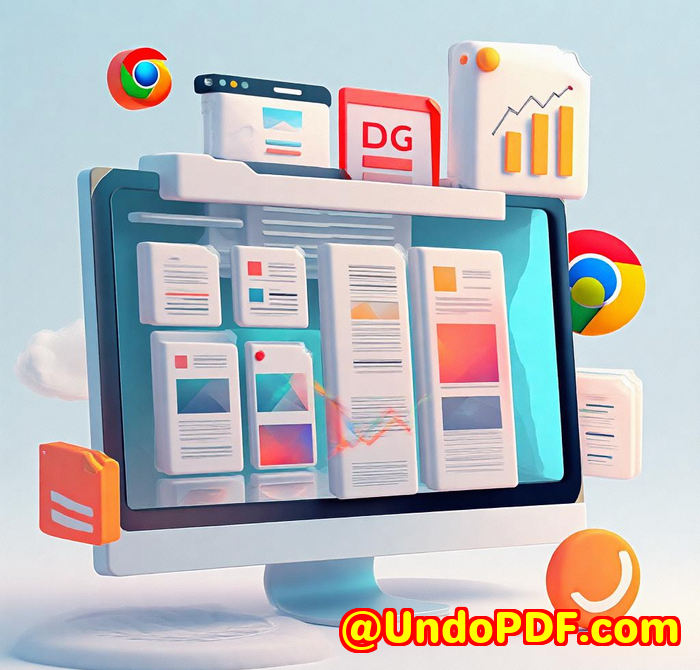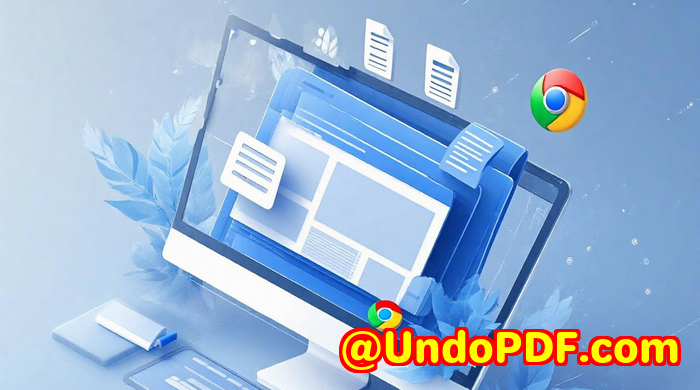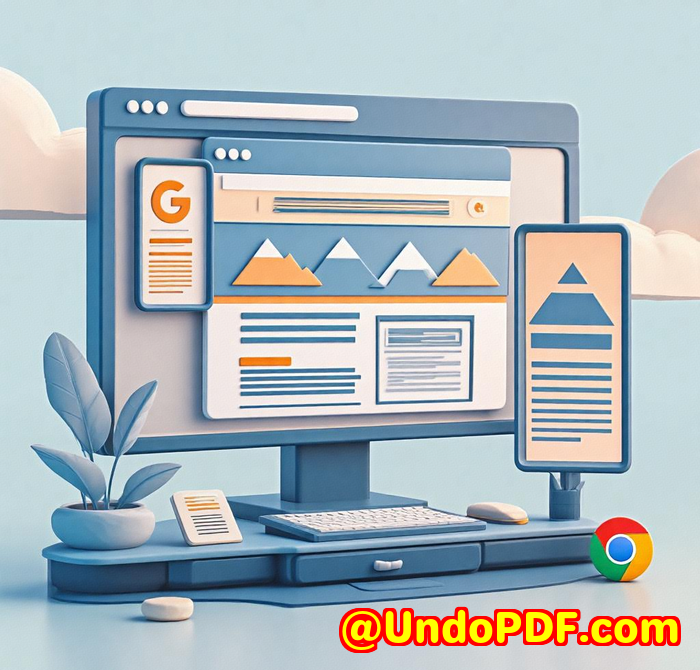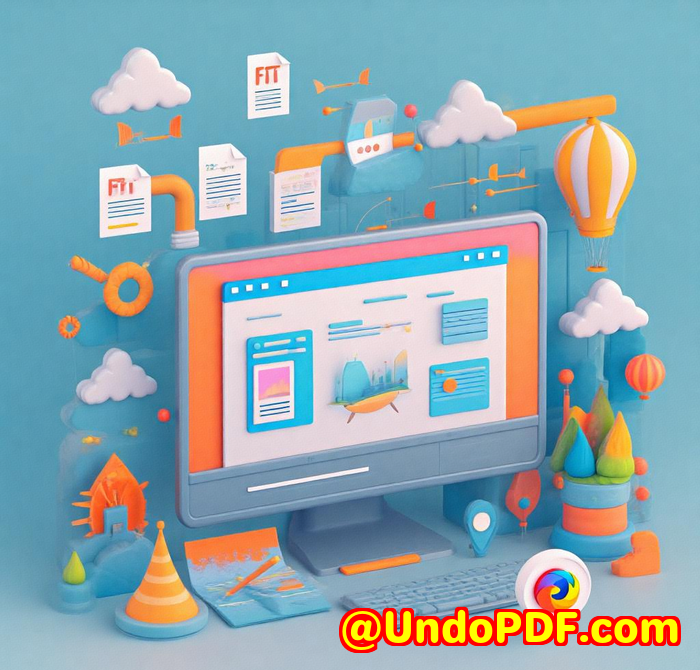VeryPDF Screenshot APIs Competitive Edge Why Developers Prefer It Over Adobe and Smallpdf in 2025
VeryPDF Screenshot API’s Competitive Edge: Why Developers Prefer It Over Adobe and Smallpdf in 2025
Every time I had to capture website screenshots programmatically, it felt like a puzzle with missing pieces. I’d waste hours juggling clunky tools or open-source scripts that barely worked at scale. If you’ve ever struggled with inconsistent screenshots, slow rendering, or the headache of unreliable APIs, you know exactly what I mean.

That’s why discovering the VeryPDF Website Screenshot API for Developers felt like a breath of fresh air. In this post, I’m going to walk you through why it’s become my go-to solution in 2025 and why developers are ditching Adobe and Smallpdf for this tool instead.
Why I Needed a Better Website Screenshot API
I often work on projects where capturing accurate, high-quality screenshots of web pages is mission-critical. Whether it’s for archiving content, automating marketing reports, or monitoring website changes, I need an API that can deliver pixel-perfect images quickly and at scale.
Adobe and Smallpdf offer decent screenshot tools, but they often stumble when it comes to:
-
Handling dynamic content like lazy loading and HTML5 videos
-
Scaling seamlessly when you need hundreds of thousands of screenshots monthly
-
Offering flexible output formats beyond basic PNG or JPEG
-
Providing a developer-friendly, easy-to-use API with thorough documentation
My hunt was on for something that ticked all these boxes without costing a fortune or requiring endless configuration.
Discovering VeryPDF Website Screenshot API
I found VeryPDF’s Website Screenshot API through a colleague’s recommendation. What immediately stood out was their promise: “Zero to screenshot in seconds.” No fluff, no complicated setup. Just sign up, plug in your API key, and boomscreenshots delivered programmatically within a minute.
This API is built on the latest Google Chrome rendering engine and runs on AWS Lambda, so it scales effortlessly and supports all the modern web tech you’d expect think parallax scrolling, web fonts, single-page apps, and HTML5 video.
Who’s This API For?
If you’re a developer, product manager, or part of a team needing:
-
Automated website monitoring and archiving
-
Content marketing reporting with on-demand screenshots
-
Visual regression testing for web apps
-
SaaS products that require website previews or thumbnail generation
This tool is designed for you.
Key Features That Won Me Over
1. Full-Page, High-Quality Screenshots in Multiple Formats
Unlike many APIs that limit you to just PNG or JPEG, VeryPDF lets you capture screenshots in PDF, WebP, JPG, and PNG formats. I loved that flexibility for marketing reports, PDFs work better; for web thumbnails, WebP saves loads of bandwidth.
It also supports full-page captures, not just the visible viewport. I once needed to document a client’s entire landing page that had parallax effects and lazy-loaded images. With other tools, screenshots came out incomplete or blurry. VeryPDF nailed it every single time.
2. Built to Scale Without Breaking a Sweat
Handling a few hundred screenshots? No problem. But when you push into thousands or even millions per month, many APIs falter.
VeryPDF is built on AWS Lambda, which means it can scale automatically. When my team ran a campaign that required tens of thousands of screenshots for A/B test variants, it handled the load flawlessly. No downtime, no delays, and no need for manual intervention.
3. Retina-Quality, Device Pixel Ratio Support
Capturing screenshots that look good on retina displays isn’t easy. You want the output to be crisp at @2x or @3x device pixel ratios, especially for mobile previews or high-resolution marketing materials.
VeryPDF’s API lets you specify the pixel ratio and viewport size, ensuring every screenshot looks stunning and professional. This detail saved me hours of post-processing images.
4. Smart Timing and Dynamic Content Handling
One of the biggest annoyances with other screenshot tools is timing the capture. Pages with dynamic content, like lazy loading or animations, often get snapped too early, resulting in incomplete images.
VeryPDF’s API includes automatic capture timing, which waits until the page fully loads before taking the screenshot. I tested this on complex single-page apps and sites with embedded videos, and it always got the perfect frame.
5. Secure and Reliable
Data security matters especially if you’re capturing screenshots from internal or sensitive pages.
VeryPDF uses full HTTPS endpoints, and their infrastructure ensures privacy and security are priorities. Plus, you can even export screenshots directly to your AWS S3 buckets for easy integration with your workflows.
How VeryPDF Compares to Adobe and Smallpdf
When I first tried Adobe’s screenshot tools, I found them a bit heavyweight and limited in automation capabilities. The integration with developer workflows wasn’t smooth, and scaling was a concern.
Smallpdf, while simple, lacked the flexibility for full-page captures and multiple output formats. The screenshot quality was decent but not great with dynamic web pages or mobile viewports.
VeryPDF wins by focusing squarely on developers’ needs: fast, scalable, flexible, and with an API that’s easy to integrate and customise.
Real-World Use Cases I’ve Encountered
-
Marketing teams generating automated visual reports from competitor sites
-
QA engineers running visual regression tests on web apps after updates
-
News agencies archiving snapshots of breaking news websites for compliance
-
SaaS companies creating website thumbnail previews for client dashboards
In all these scenarios, the API’s speed and accuracy made a real difference.
Why I Recommend VeryPDF Website Screenshot API
If you’re tired of fiddling with unreliable, slow, or overly complex screenshot APIs, give this one a shot. It saved me days of manual work and cut down hours of frustrating debugging.
I’d highly recommend it to anyone who needs a developer-friendly, powerful tool that just works, no matter the scale.
Start your free trial now and boost your productivity: https://www.verypdf.com/online/webpage-to-pdf-converter-cloud-api/
Custom Development Services by VeryPDF
VeryPDF isn’t just about off-the-shelf tools. They also provide tailored development services to fit your exact needs.
Whether you require solutions on Linux, macOS, Windows, or cloud environments, their experts can build custom utilities with Python, PHP, C/C++, .NET, JavaScript, and more.
They specialise in creating virtual printer drivers, printer job capture tools, and robust document format processing, including PDF, PCL, and Postscript.
If your project needs OCR, barcode recognition, document security, or cloud-based digital signatures, VeryPDF can develop tailored solutions to fit your business.
To discuss your project or request custom development, visit http://support.verypdf.com/ and reach out to their support team.
Frequently Asked Questions (FAQs)
Q1: How quickly can I start using VeryPDF Screenshot API?
You can sign up and get your first screenshot in under a minute. The API is well documented for fast integration.
Q2: Does the API support mobile and responsive screenshots?
Yes, you can specify viewport size and capture full-page or mobile-specific screenshots.
Q3: Can I capture screenshots of pages with dynamic content like videos or animations?
Absolutely. The API waits until the page fully loads, including dynamic elements, before capturing.
Q4: What output formats does the API support?
You can get screenshots as PDF, WebP, JPG, or PNG files.
Q5: Is the service scalable for high-volume screenshot needs?
Yes, built on AWS Lambda, it easily scales to millions of screenshots per month.
Tags/Keywords
VeryPDF Website Screenshot API, Programmatic Website Screenshots, Scalable Screenshot API, Full-Page Website Capture, Developer Screenshot Tool, Automated Webpage Screenshot, Website Thumbnail API, Screenshot API 2025



